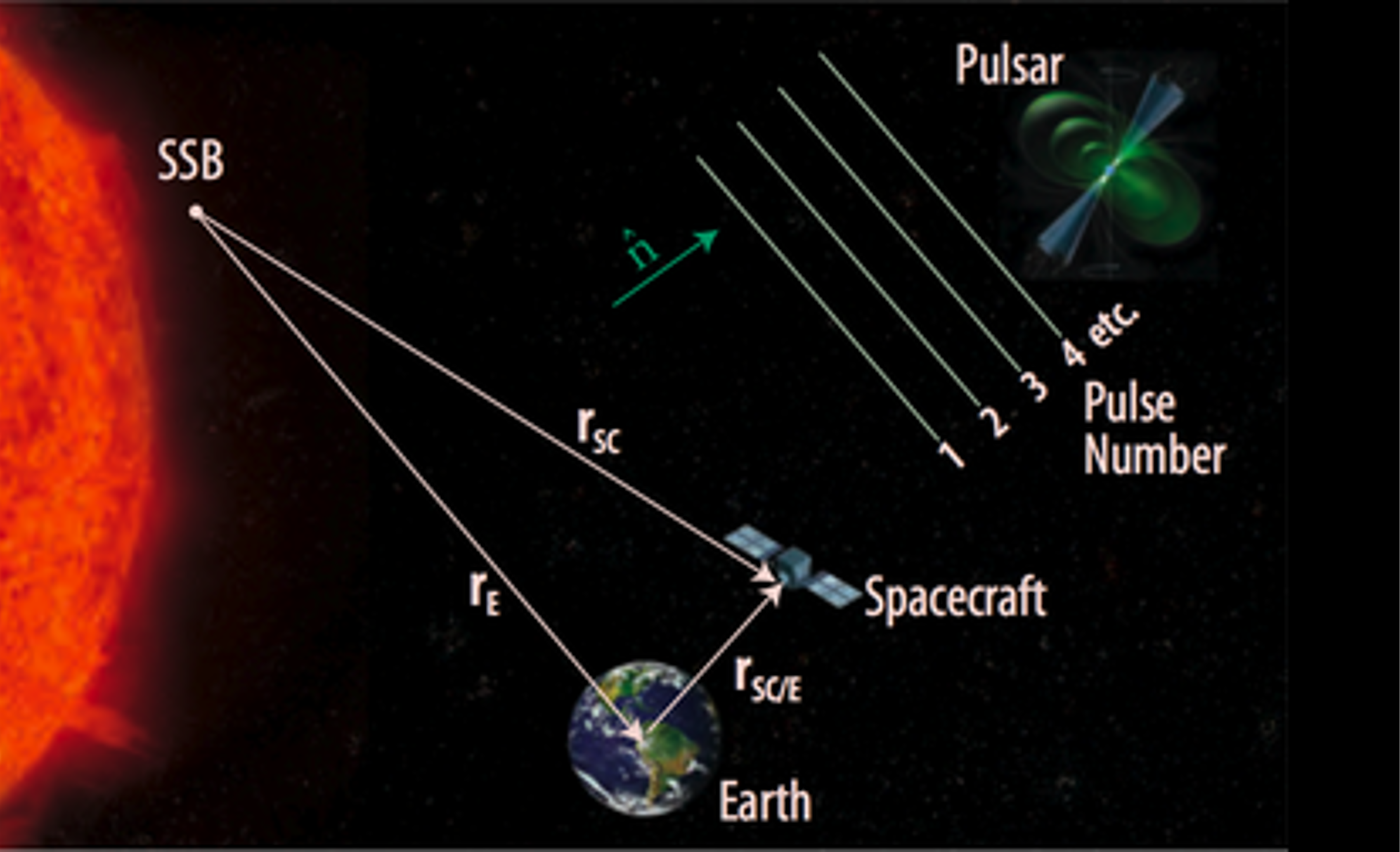NICER / ISS Science Nugget
for February 01, 2024
A NICER/SEXTANT innovator recognized
This week, the Institute of Navigation announced that NASA Goddard's Dr. Luke Winternitz, a member of the NICER payload development and SEXTANT teams, is the winner of its Tycho Brahe Award for 2023 (https://www.ion.org/awards/2023-Tycho-Brahe.cfm). The citation reads: "For outstanding development of receivers and filtering algorithms that enable GNSS cislunar navigation and pulsar-based deep-space navigation." Dr. Winternitz led the development, integration, and testing of NICER's GPS system, which provides the accurate photon detection time-stamps and orbit position determination that enable NICER's high-precision timing science; he continues to provide sustaining engineering for on-orbit performance monitoring. (Beyond NICER's needs, the system is capable of functioning in weak-signal environments, well above the GPS constellation, such as in the vicinity of the Moon.) Dr. Winternitz was also the architect of the unique technology demonstration project enabled by NICER's X-ray astrophysics instrumentation: the Station Explorer for X-ray Timing and Navigation Technology (SEXTANT), a Space Technology Mission Directorate initiative that provided the first-ever demonstration of pulsar-based navigation in space (see Figure). Employing rapidly rotating neutron stars as celestial navigation beacons was first conceptualized at JPL within a few years of the discovery of pulsars at radio wavelengths, but the idea was generally thought to be unworkable given the size of the radio dishes needed. With the advent of X-ray astronomy, the discovery of millisecond-period pulsars - which rival atomic clocks in their rotational stability - and the possibility of measuring their clock-like pulsations with smaller instruments, theory and simulation laid the groundwork for an eventual in-space demonstration. Dr. Winternitz led a team of GSFC navigation engineers and scientists to integrate pulsar-based navigation into the existing Goddard Enhanced Onboard Navigation System (GEONS) software, which runs within NICER's onboard computer. A dedicated campaign of pulsar observations over 2 days in November 2017 then achieved, and surpassed, SEXTANT's key measurement performance objectives for autonomous recovery of the ISS orbit trajectory, to better than 10 km (worst direction), using only pulsar signals.
The entire NICER Team congratulates Dr. Winternitz on this well-deserved recognition!

The steady rotation of a neutron star, with accuracy rivaling that of atomic clocks, produces a sequence of pulses that telescopes in space can exploit for navigation purposes, with the Solar System's center of mass (or barycenter, SSB) as a reference point. This X-ray pulsar-based navigation (XNAV) technique was successfully demonstrated for the first time with NICER's onboard SEXTANT software in November 2017.
<< Previous
Main Index
Next >>